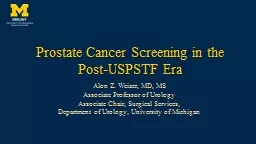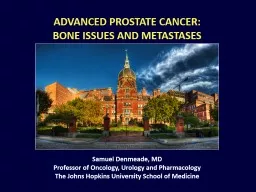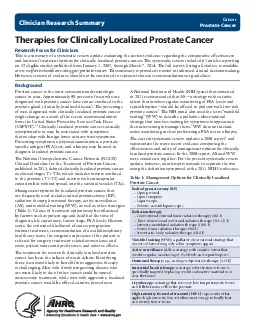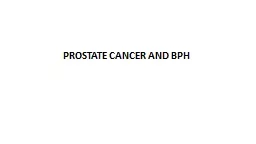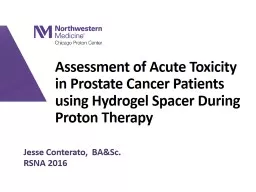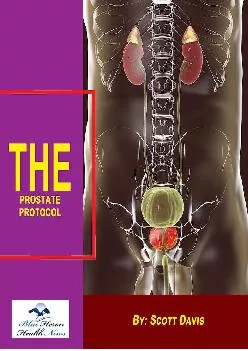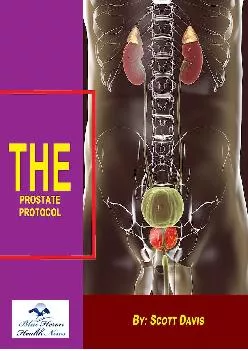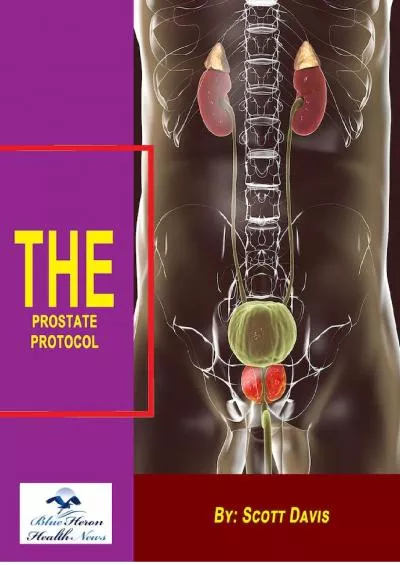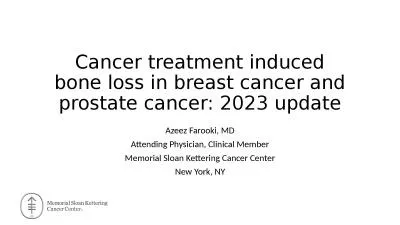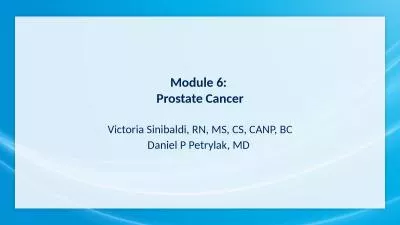PPT-Classification of Prostate Cancer Patients into Indolent and Aggressive Using Machine
Author : radions | Published Date : 2020-10-06
Presented By Yashwanth Karthik Kumar Mamidi 1 Committee Members Dr Minhaz Zibran Dr Christopher M Summa MentorsSupervisors Dr Md Tamjidul Hoque Dr Chindo Hicks MS
Presentation Embed Code
Download Presentation
Download Presentation The PPT/PDF document "Classification of Prostate Cancer Patien..." is the property of its rightful owner. Permission is granted to download and print the materials on this website for personal, non-commercial use only, and to display it on your personal computer provided you do not modify the materials and that you retain all copyright notices contained in the materials. By downloading content from our website, you accept the terms of this agreement.
Classification of Prostate Cancer Patients into Indolent and Aggressive Using Machine: Transcript
Download Rules Of Document
"Classification of Prostate Cancer Patients into Indolent and Aggressive Using Machine"The content belongs to its owner. You may download and print it for personal use, without modification, and keep all copyright notices. By downloading, you agree to these terms.
Related Documents


